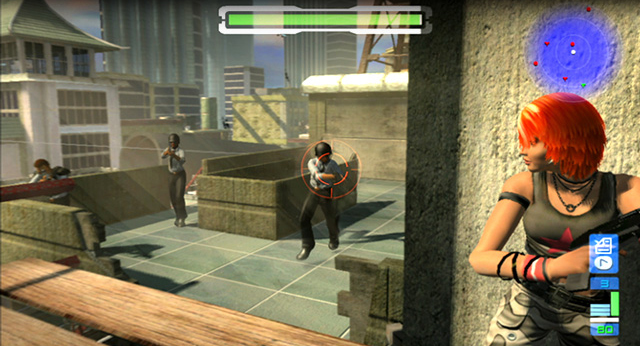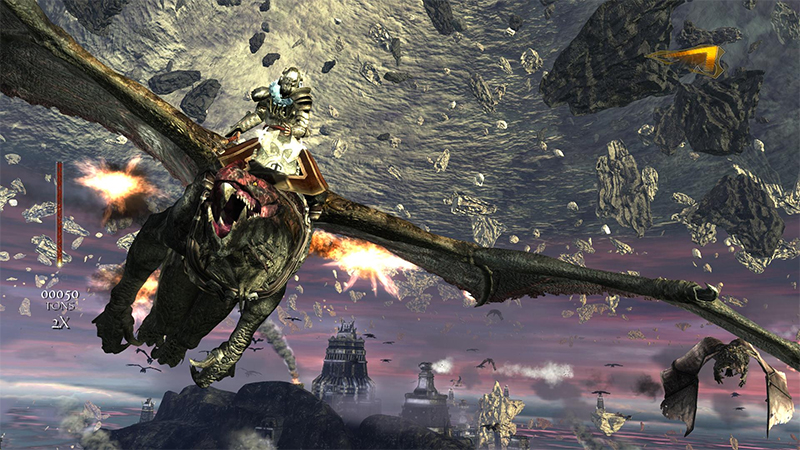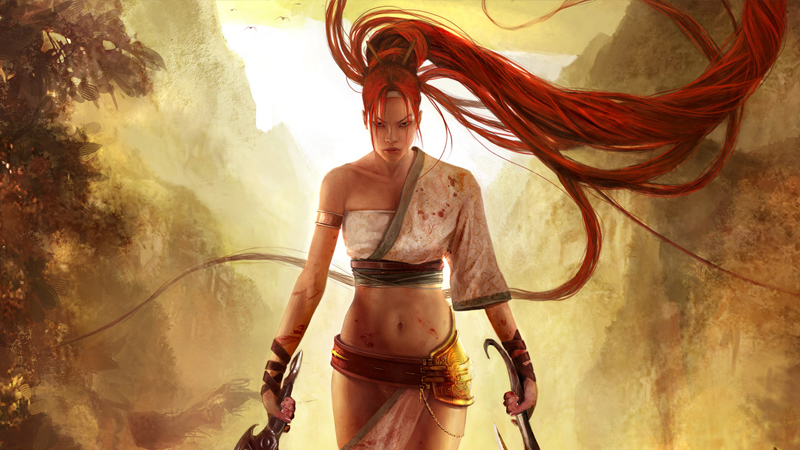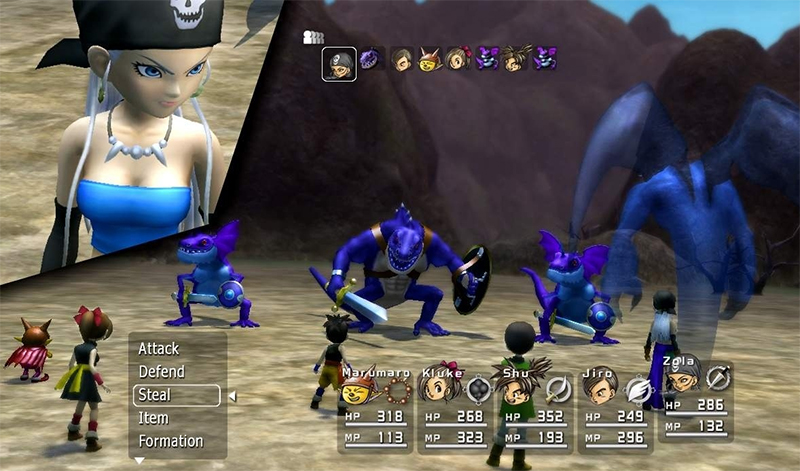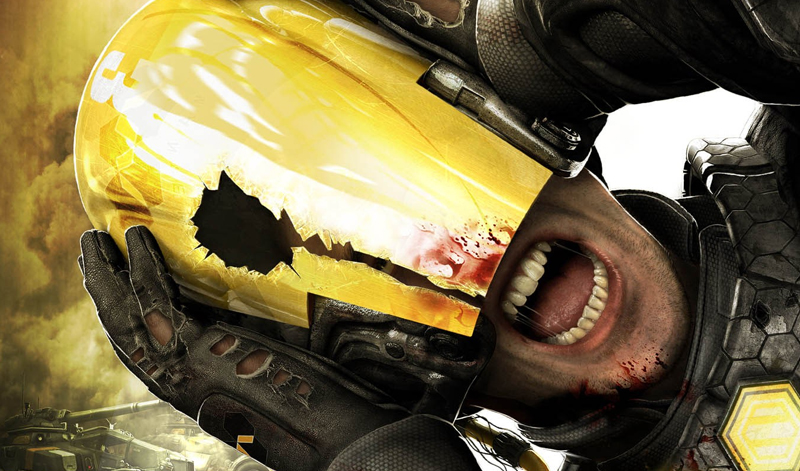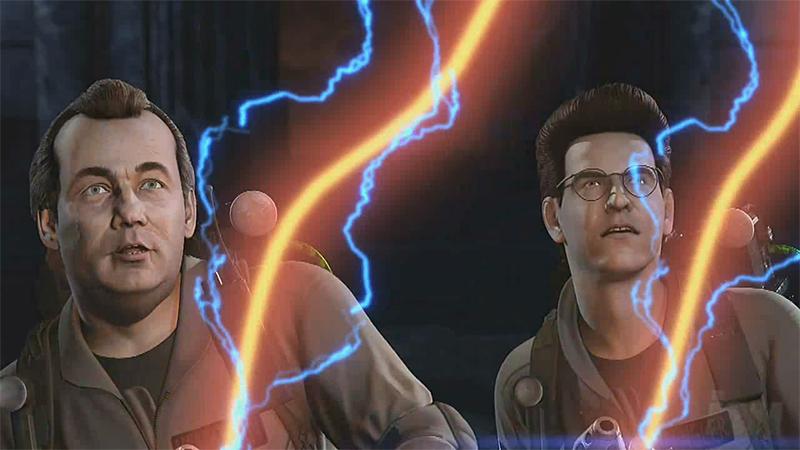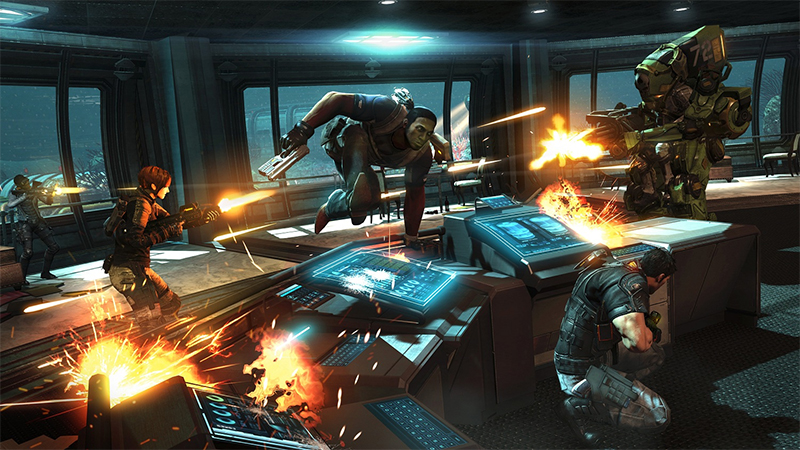This is part of our ongoing series about games and trends of one of the most longest-lived eras in gaming’s history — the Xbox 360/PlayStation 3 generation.
As we approach next month’s releases of the PlayStation 4 and Xbox One, you’ll undoubtedly see a lot of people looking back at the current-gen of gaming. People will make hundreds of lists of the best and worst games released on the Xbox 360 and PlayStation 3.
I’m not here to talk about those games. In fact, I’m going to write about titles that nobody really remembers. Games that, despite some initial hype, just fizzled and faded away shortly after they came out.
Again, these aren’t the worst games of this generation. They also aren’t titles that are so obscure that of course you don’t remember their existences. These are the games that “almost were” and “should have been” — but will instead end up as footnotes in the larger narrative of the gaming’s history.
Perfect Dark Zero
Released: Nov. 17, 2005 (Xbox 360)
What it was: Since Microsoft wasn’t going to have a new Halo ready for the Xbox 360’s launch, they looked to developer Rare to make the killer app for their newest system. Rare was best known for the games it made during its partnership with Nintendo, including titles like the first-person shooter Goldeneye for the Nintendo 64. It also made 2000’s Perfect Dark, another N64 FPS that was a spiritual sequel to Goldeneye, just without the expensive James Bond license.
So after Microsoft bought Rare, and since making a Goldeneye 2 was impossible from a licensing perspective, making a Perfect Dark sequel made a lot of sense. The game was Perfect Dark Zero, and it was the most promoted title during the 360’s launch, meant to showcase the console’s graphical and online capabilities.
Why you forgot about it: Despite all the hype, Perfect Dark Zero was good, not great. While the mechanics were solid, the campaign suffered from weak artificial intelligence, a lame story, and an annoying blue arrow on the floor that was constantly leading you around the confusing levels.
But most importantly, Perfect Dark Zero was completely overshadowed by another FPS that launched with the Xbox 360, Call of Duty 2. You may have heard of it and it sequels. Meanwhile, the Perfect Dark franchise has not continued past Zero.
Why you might have remembered it: You read one of dozens of articles looking into the fall of Rare, a developer best known these days for making Kinect minigame collections and a piñata/animal-raising simulator.
You also probably forgot about: Kameo: Elements of Power, another Rare game that launched with the Xbox 360. It was an action-platformer. Yeah, it wasn’t a great generation for Rare
Lair
Released: Aug. 31, 2007 (PlayStation 3)
What it was: Developer Factor 5 was known for making great Star Wars games that put players in the cockpits of classic vehicles like TIE fighters and X-wings. Lair was going to ditch the spaceships for dragons, and Sony often used the title to promote its newest system, the PlayStation 3. In fact, when Sony decided to add motion controls to the new console, Lair became the poster boy for the tilt-sensitive controller, the Sixaxis.
Why you forgot about it: Because the Sixaxis controls were terrible. Instead of using an analog stick to move your dragon, Lair forced you to tilt and wave your controller around like an idiot in a desperate attempt of maneuverability. It was unresponsive and frustrating. A patch would later enable players to switch to a more traditional, analog-based control style. Unfortunately, the rest of the game was also pretty wretched, so it didn’t help much. Factor 5 never really recovered from Lair’s failure, and the studio eventually closed in 2009.
Why you might have remembered it: I said earlier that this isn’t necessarily a list of terrible games, but Lair was pretty freaking terrible. If we can thank Lair for anything, it’s for proving that the Sixaxis was a bad idea.
You also probably forgot about: Warhawk, another early Playstation 3 title that encouraged players to fly vehicles with terrible motion controls.
Heavenly Sword
Released: Sept. 12, 2007 (PlayStation 3)
What it was: Heavenly Sword was another early PlayStation 3 game that got a lot of hype. Some thought it would be the next God of War, which wasn’t much of a stretch given its focus on hack-and-slash combat and its reliance on quick-time events for cinematic kills.
Why you forgot about it: While much better than Lair, Heavenly Sword couldn’t come close to matching the popularity of the God of War series. While the combat was fun and the animations looked great thanks to motion-capture technology, the adventure was far too short and repetitive. And like a lot of early PS3 titles, the game was plagued with lame Sixaxis gimmicks, like tilting the controller to aim thrown hats at gongs. Seriously.
Why you might have remembered it: Heavenly Sword’s female hero, Nariko, was a playable fighter in the recent PlayStation All-Stars Battle Royale. I guess they needed some help filling out the roster.
You also probably forgot about: Dante’s Inferno, another God of War clone that came out in 2010.
Blue Dragon
Released: Aug. 28, 2007 (Xbox 360)
What it was: Hironobu Sakaguchi was the father of one of the biggest role-playing game franchises in history, Final Fantasy. After he resigned from Square, he created his own studio, Mistwalker, in 2004. Its first project would be Blue Dragon, a colorful RPG with retro influences and some of the biggest names in the genre attached to it. Along with Sakaguchi, Dragon Ball and Dragon Quest illustrator Akira Toriyama was in charge of the art, and famed Final Fantasy composer Nobuo Uematsu was handling the score.
The console version of Blue Dragon was exclusive to the Xbox 360. The original Xbox did not perform well in Japan, so Microsoft was hoping that an exclusive, high-profile RPG could help sell their new system in the eastern market.
Why you forgot about it: Despite all the big names involved, Blue Dragon was a very by-the-numbers RPG. It took few risks, instead looking to the past for inspiration. And while there’s nothing wrong with using tried-and-true mechanics, Blue Dragon was just another entry in a genre that was feeling very tired and old back in 2007. People hoping that Mistwalker would reenergize the Japanese RPG were left disappointed.
Why you might have remembered it: You’re a really big JRPG fan who just couldn’t pass it up when you saw it for $2 in a used-games bin.
You also probably forgot about: Lost Odyssey, Mistwalker’s second major project, also an exclusive RPG for the Xbox 360. Lost Odyssey had a more mature look than Blue Dragon, but it also had a hard time garnering much excitement from players.
Haze
Released: May 20, 2008 (PlayStation 3)
What it was: Developer Free Radical Design had success on the PlayStation 2 with its first-person shooting series, TimeSplitters. Now it was ready to move to the PlayStation 3 with Haze, a grittier FPS that many deemed a “Halo killer.”
Why you forgot about it: Like a lot of other would-be Halo killers, Haze was generic, shallow, stereotypical, and generally boring. Also, even though the Halo series was still plenty popular in 2008, Call of Duty and its more realistic, modern-military take on shooters had become the new top dog in gaming. Haze felt like a relic the day it came out.
Why you might have remembered it: You watched a video of Haze’s greatest quotes, which include masterpieces like, “Is there a medal for most badass gangster? Cuz’ that’s me!”
You also probably forgot about: Legendary, another first-person shooter from 2008. It didn’t have as much initial hype as Haze, nor did it have a prestigous developer like Free Radical Design behind it, but Legendary was another FPS that was easily lost in a market that had become fascinated by Call of Duty 4: Modern Warfare.
Ghostbusters: The Video Game
Released: June 16, 2009 (PlayStation 3 and Xbox 360)
What it was: Ghostbusters: The Video Game was like the Ghostbusters 3 we never got. You played as the newest member of the famous squad of ghost-hunters, joining Venkman, Ray, Egon, and Winston on a new series of adventures in New York City. You used classic gadgets like the Proton Pack and the PKE Meter to bust paranormal deviants in what was essentially a third-person shooter.
Why you forgot about it: Ghostbusters had a lot of hype simply because people waited so long for it. It was already in development for a long time when a merger between Vivendi and Activision lead to the game’s cancellation. Luckily, Atari came in and picked up the publishing rights, and Ghostbusters finally came out in 2009.
And while the game was good, it wasn’t the masterpiece some were hoping for. Awkward character animations made the experience feel cheap, and numerous technical glitches hindered the campaign.
Why you might have remembered it: You’re one of those kids who had four PKE Meter toys, just to make sure your friends would have them too when you pretended you were all Ghostbusters. Obviously, you couldn’t resist a decent Ghostbusters game.
You also probably forgot about: Ghostbusters: Sanctum of Slime, a smaller, digital Ghostbusters game released for the PlayStation Network and Xbox Live Arcade in 2011.
Rage
Released: Oct. 4, 2011 (Xbox 360, PlayStation 3, PC)
What it was: Developer Id Software is responsible for some of the biggest franchises in first-person shooter history, including Wolfenstein, Doom, and Quake. Now it was working on a new shooter, Rage, using the new Id Tech 5 game engine.
Why you forgot about it: Despite the hype of being Id’s next big franchise, Rage didn’t really set itself apart from the crowded shooter market. The tech was good, but the generic, postapocalyptic setting felt overly familiar to gamers who had seen enough brown and gray for one console generation.
Why you might have remembered it: You’re wondering about the fate of Doom 4. Disappointing sales of Rage are supposedly one of the reasons the anticipated sequel is taking so long.
You also probably forgot about: Speaking of Wolfenstein, who remembers the 2009 version that came out for the PlayStation 3, Xbox 360, and PC? Nobody? OK, moving on.
Fuse
Released: May 28, 2013 (PlayStation 3, Xbox 360)
What it was: Originally shown off as the cartoony Overstrike, Fuse became a more realistic first-person shooter featuring cooperative play between four players. And like all games from developer Insomniac, Overstrike had a unique arsenal of creative weapons.
Why you forgot about it: Gamers had a hard time accepting Fuse’s boring, safe style, especially when the original Overstike looked so much more distinctive and interesting. Fuse was another generic shooter in a market already crowded with them. It seems like even Insomniac was anxious to move on. The developer announced its next project, the open-world Sunset Overdrive, less than a month after Fuse’s release.
Why you might have remembered it: Well, it did just come out just a few months ago. You might have recently seen it on a shelf at Walmart or something.
You also probably forgot about: Speaking of Insomniac games with four-player co-op, remember Ratchet & Clank: All 4 One? Probably not, because it wasn’t very good. Maybe Insomniac should stick with single-player stuff.
VentureBeat's mission is to be a digital town square for technical decision-makers to gain knowledge about transformative enterprise technology and transact. Learn More

